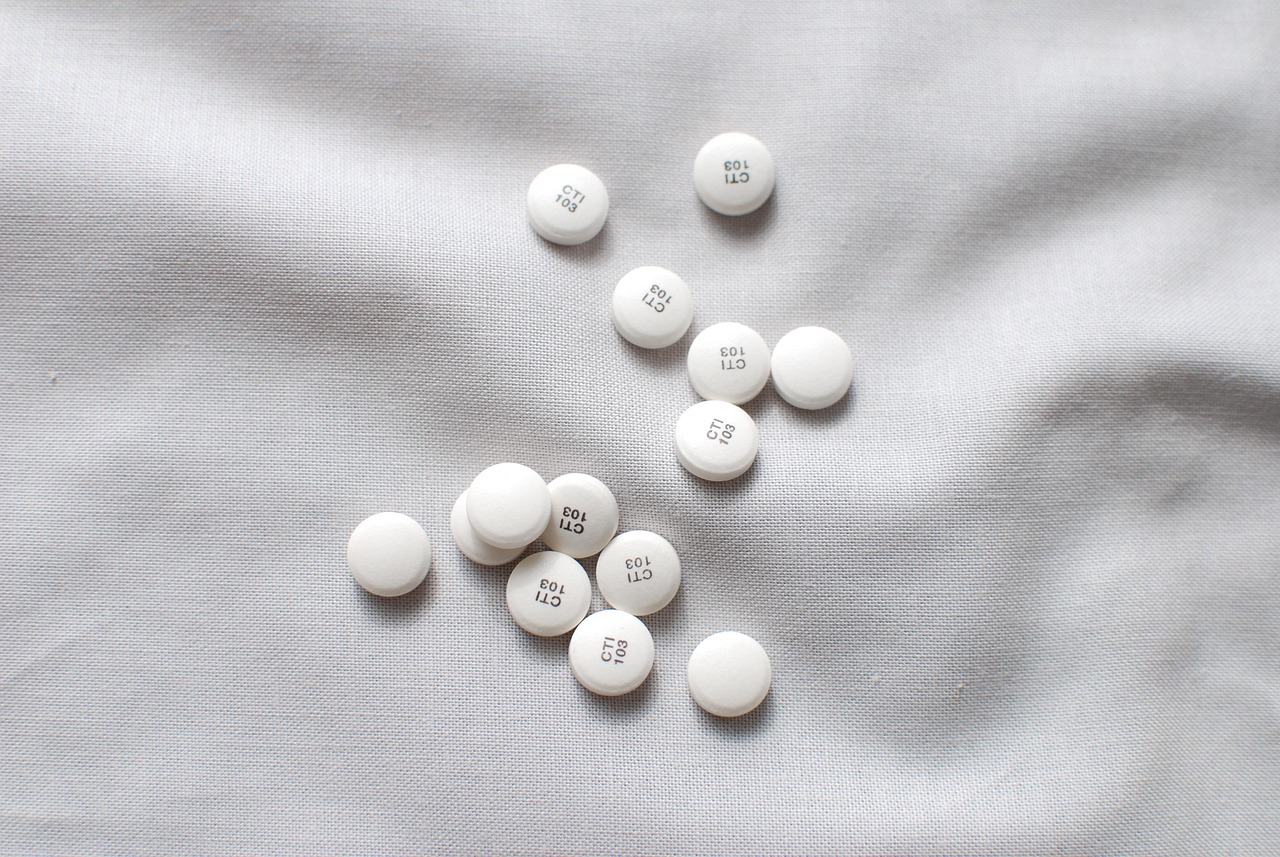
Overview & Addiction Medicine Specialists
The Importance of Understanding Addition & Treatment Plans
Addiction Medicine Specialists concentrates on the prevention, assessment, and treatment of substance use disorders, ranging from alcohol dependence to prescription medication misuse or illicit drug abuse. Substance use disorders aren’t simple habits. In fact, they’re chronic, relapsing conditions rooted in neurobiological changes, environmental stressors, and personal vulnerabilities. Like trauma or co-occurring mental health issues.
Recovery involves more than just detox; it often requires comprehensive support that includes counseling, medication-assisted treatment (MAT), and stable aftercare. Our Addiction Medicine approach employs science-based strategies to help you regain control, improve health, and reintegrate fully into everyday life.
A person struggling with opioid misuse, for example, might benefit from medications like buprenorphine/naloxone (Suboxone) or extended-release naltrexone, combined with therapy to address triggers and cravings. Meanwhile, someone battling alcoholism might need short-term anti-craving meds, plus a supportive environment that encourages sobriety and emotional healing. Throughout, we emphasize compassionate care that respects individual dignity, avoids stigma, and promotes a realistic, step-by-step approach to lasting recovery.
We tailor each plan to the type of substance involved, personal history, and the severity of dependence or withdrawal risk.
Assessment & Diagnosis

Evaluation Details & Patterns are Critical For Care Plans
Thorough initial evaluation includes discussing substance use patterns. In addition, prior attempts to quit, co-occurring mental health conditions, and social factors (like family support or legal issues).
Lab tests can detect specific substances or gauge organ function if the addiction has led to complications (liver damage in heavy alcohol use, for instance). We also screen for depression, anxiety, or ADHD, which can drive or exacerbate addictive behaviors if untreated.
With this data, we define a care plan, deciding if outpatient therapy suffices or if higher-level interventions—like inpatient detox—are essential.
Medication-Assisted Treatment (MAT)
Opioid Use Disorder: Buprenorphine/naloxone (Suboxone) lowers withdrawal severity and cravings. Methadone is another option, but typically restricted to specialized clinics. Naltrexone blocks opioid receptors, preventing the “high” if someone relapses. We choose among these meds based on your medical stability, readiness for abstinence, and the presence of chronic pain or other complicating factors.
Alcohol Use Disorder: Medications like naltrexone, acamprosate (Campral), or disulfiram (Antabuse) can reduce cravings, ease post-acute withdrawal, or deter drinking through unpleasant reactions. Combined with therapy, these meds raise the chances of long-term sobriety.
Tobacco & Other Substances: Nicotine replacements, bupropion (Zyban), or varenicline (Chantix) target smoking addiction. For stimulants or marijuana, FDA-approved medications are limited, but off-label approaches plus therapy can still be beneficial.
Therapeutic Integration

Medication alone rarely addresses the underlying psychological or situational triggers that perpetuate addiction. Thus, we typically recommend counseling—Cognitive Behavioral Therapy (CBT) to reshape destructive thought patterns, or Motivational Interviewing (MI) to bolster readiness for change.
Support groups like 12-step programs (AA, NA) or SMART Recovery can offer peer understanding and accountability.
If depression, PTSD, or anxiety coexists, we treat those conditions too, since unresolved mental health issues can derail sobriety attempts.
In some cases, we incorporate family therapy, recognizing how relationships either hinder or help recovery journeys.
Relapse Prevention & Cravings Management
Cravings can be formidable, emerging unexpectedly during stress, social gatherings, or exposure to old environments. We work with you to preemptively identify triggers and craft coping strategies.
For instance, if afternoons typically brought cravings for alcohol, having alternative routines. Start with a brisk walk, a quick supportive check-in with a sponsor, or occupying your hands with a creative project. These initial adaptations can short-circuit the craving cycle.
Medication can lessen the intensity of these urges, but behavioral readiness ensures your success. Relapse, while common, doesn’t signify failure; it signals the need to refine strategies, evaluate medication compliance, and possibly bolster therapy intensity.
Co-Occurring Mental Health Conditions

A large fraction of individuals with addiction also experience depression, anxiety, ADHD, or trauma histories. Untreated co-occurring disorders fuel self-medication, perpetuating substance misuse. By addressing these simultaneously—like prescribing SSRIs for depression or stimulants for legit ADHD while carefully monitoring misuse potential—we reduce the impetus to rely on addictive substances. This integrated approach can be complex but yields far better outcomes than tackling each issue separately.
Harm Reduction & Recovery Models
We adapt to various philosophies: some clients aim for total abstinence, while others prefer harm reduction if full cessation feels too distant initially. For instance, if complete sobriety from opioids is daunting, MAT (like Suboxone) might stabilize life, preventing dangerous illicit use. Over time, goals may evolve from safer use to full abstinence, or a person may remain stable on maintenance medication indefinitely.
Our approach is nonjudgmental—progress is valid even if incremental. We also coordinate with local resources if you require more structured environments (like partial hospitalization or an intensive outpatient program).
Family & Social Support

Addiction rarely impacts one person in isolation. Family or friends often suffer the fallout—broken trust, financial strain, or emotional trauma. Yet they can also become powerful allies in recovery if properly informed.
We encourage families to engage in education sessions, learn about triggers, or attend codependency support groups. Constructive support fosters accountability and reduces feelings of isolation. Where relationships are strained, family therapy might rebuild communication. If your social circle, however, primarily revolves around substance use, forging new connections or living situations may be essential to prevent relapse.
Aftercare & Long-Term Stability
Seeking Help and Learning New Coping Strategies for a Lasting Recovery
Achieving initial sobriety is only the beginning. True recovery demands sustained vigilance. We schedule regular follow-ups, adjusting medication as your cravings shift or your life context changes—like relocating, switching jobs, or reconnecting with family.
Periodic lab tests can confirm ongoing abstinence or the presence of specific substances. If cravings spike, we revisit coping strategies or intensify therapy. Some individuals taper off MAT after months or years of stable recovery; others remain on low doses long-term for ongoing stability. The key is consistency: continuing therapy or support groups helps maintain perspective and self-awareness, catching potential relapses early.
Stigma & Breaking Barriers

Addiction remains stigmatized, sometimes discouraging people from seeking help. We emphasize that addiction is a chronic brain disorder, not a moral failing.
Just as diabetics need insulin, those with substance dependence may need medical interventions or extended support. Societal attitudes are slowly improving, especially with the opioid crisis highlighting how easily normal prescribing can lead to severe dependence. By offering compassionate, evidence-based care, we hope to chip away at stigma, enabling you or your loved ones to reach out without shame.

Conclusion
The Addiction Medicine Specialists at PracticeRX, merges medication-assisted treatment, therapy, and ongoing care to tackle the complicated roots of substance use disorders. Whether opioid dependence, alcohol misuse, or other addictions, we create individualized plans that prioritize harm reduction, relapse prevention, and holistic healing—mind, body, and emotional well-being.
Recovery is a journey, often with detours, but each positive step fosters resilience, renewal, and the rediscovery of a life unburdened by substances. Through consistent follow-up, medication adjustments, and robust psychosocial support, recovery isn’t just an aspiration—it’s a lived possibility. So, if you’re struggling with addition, let’s start with a simple conversation.
